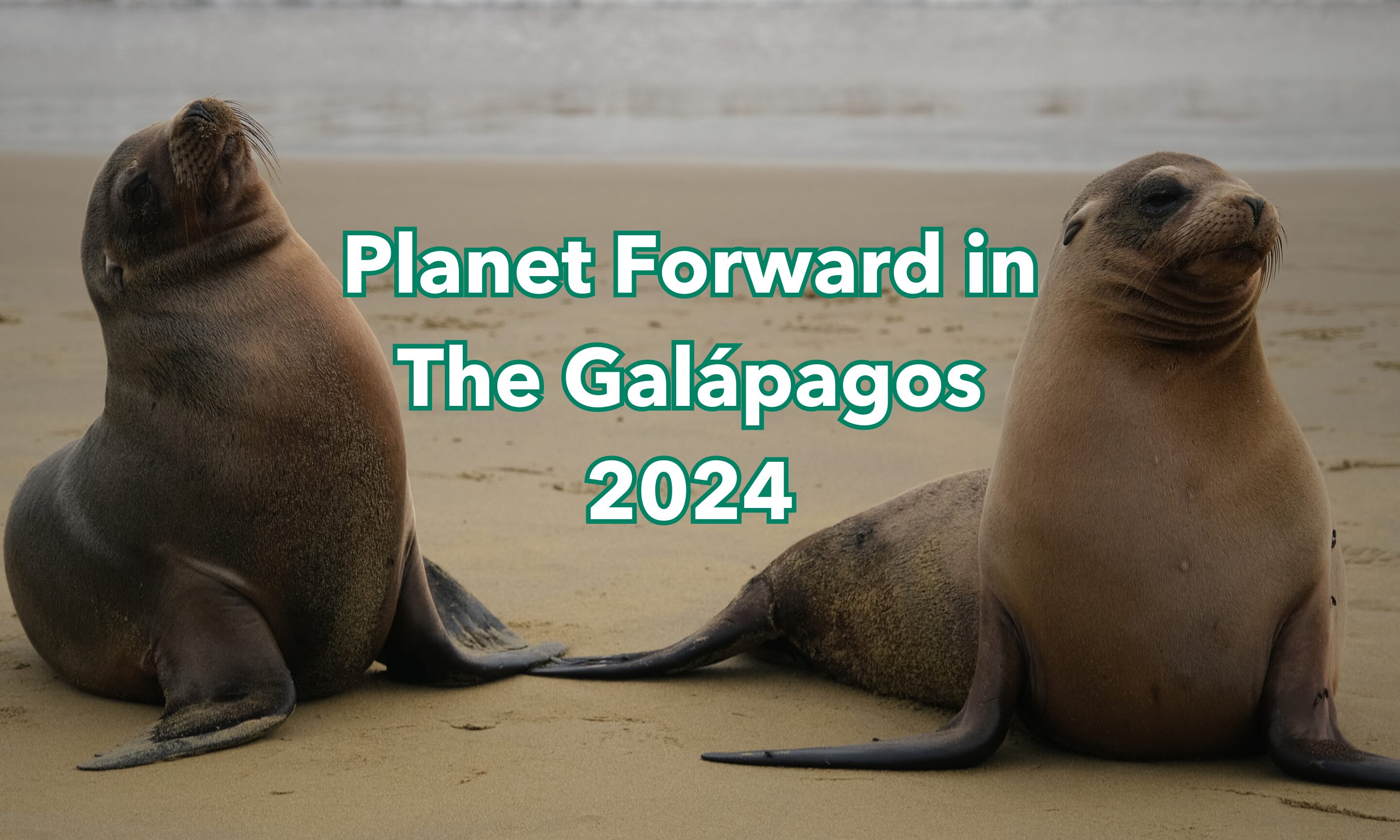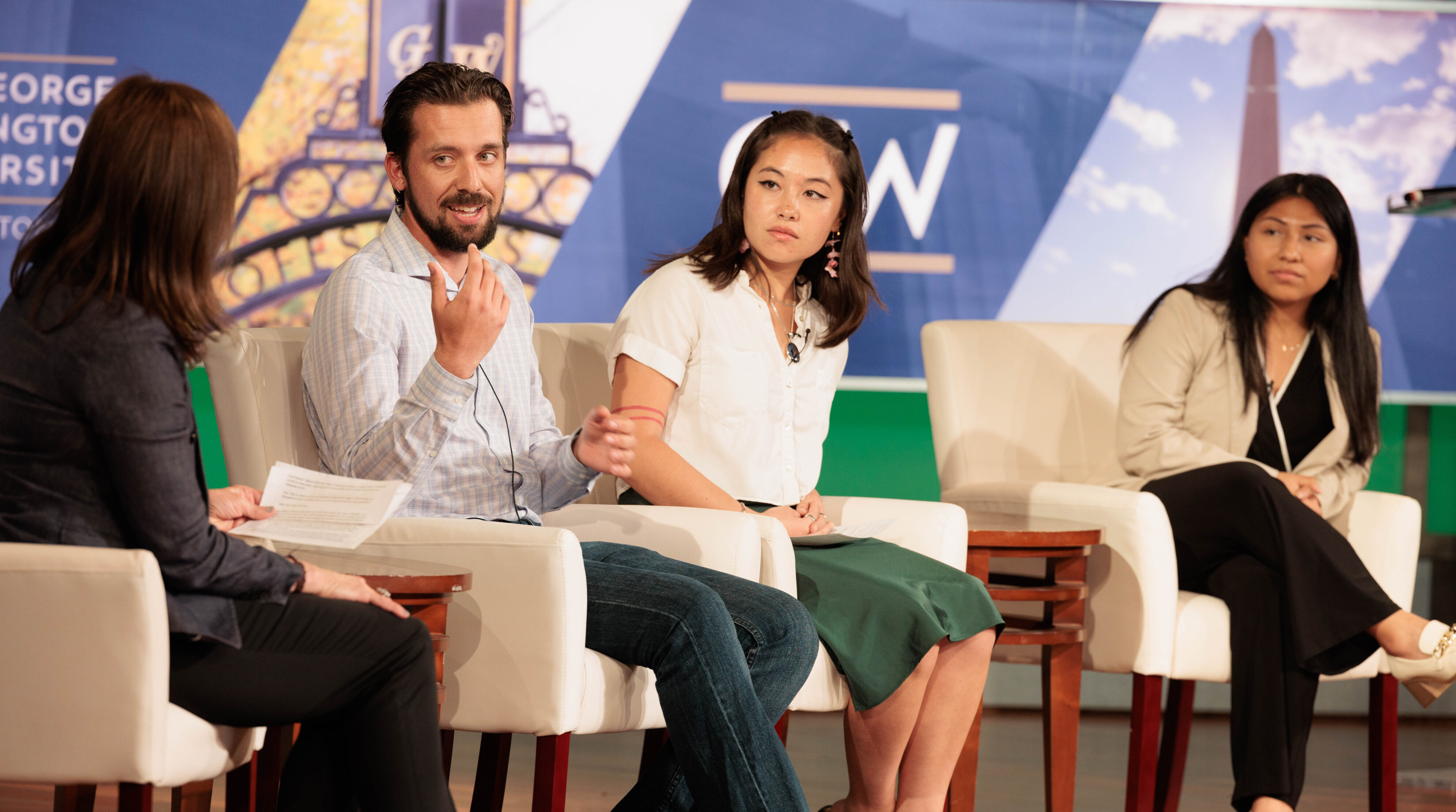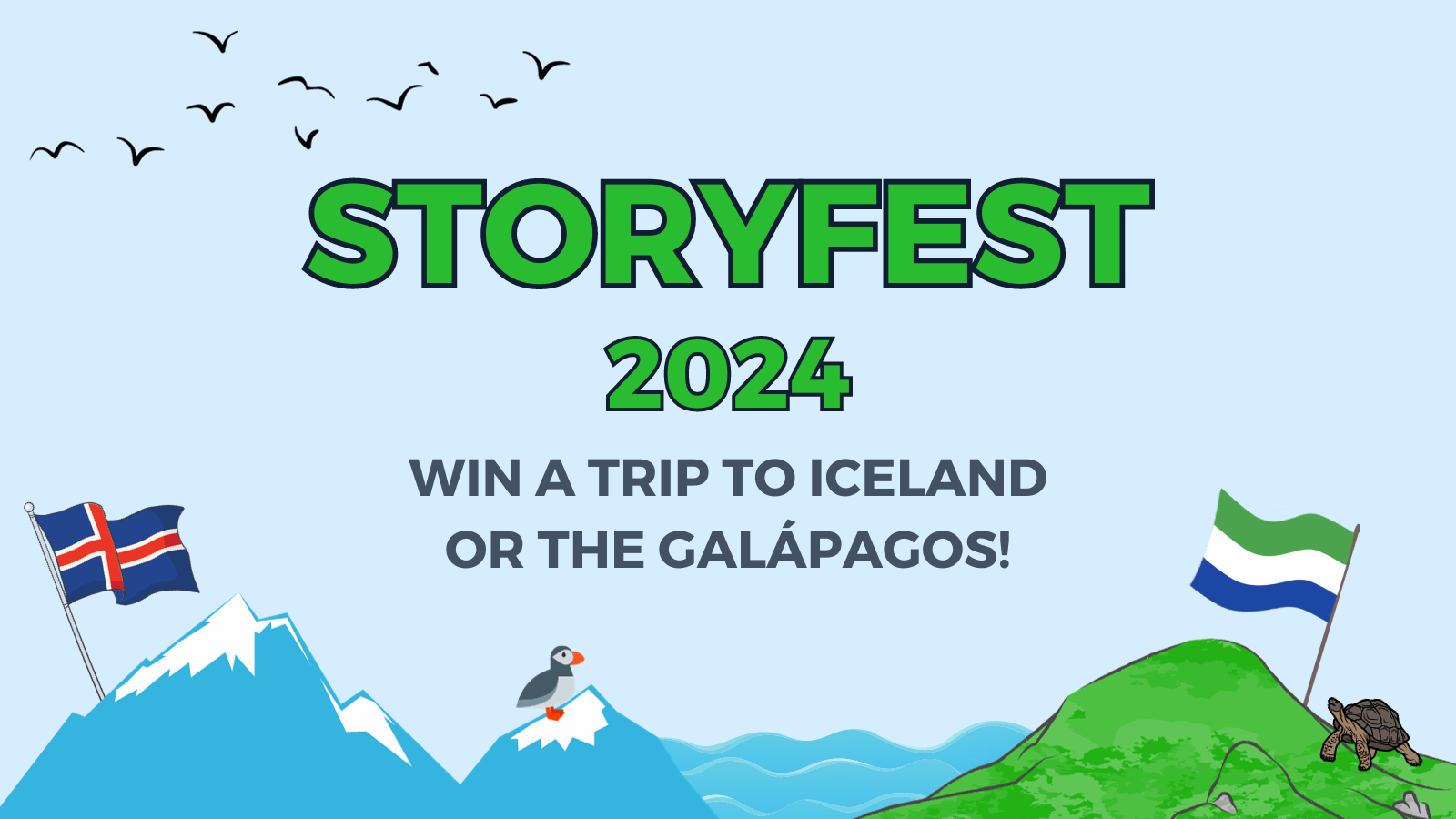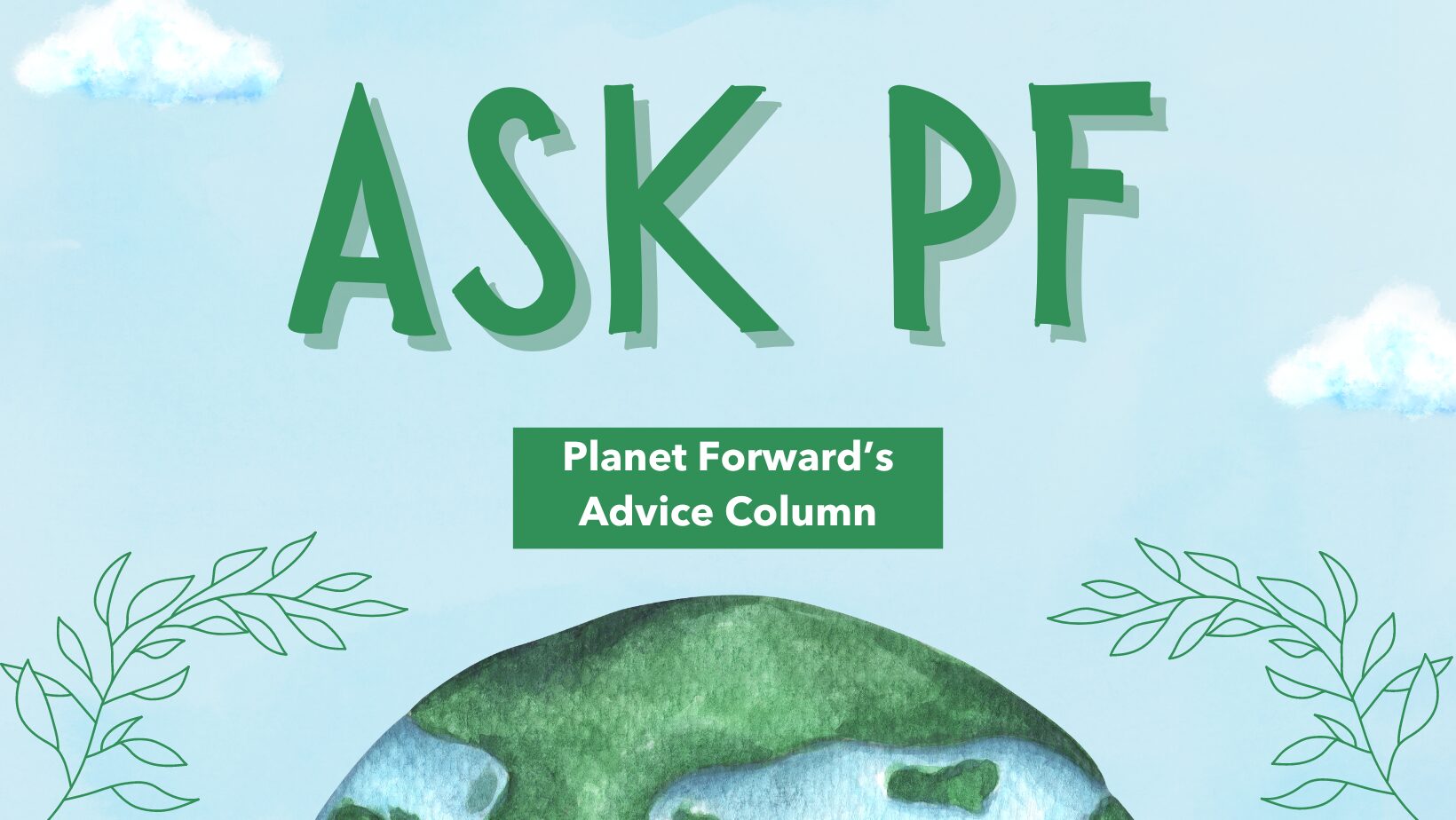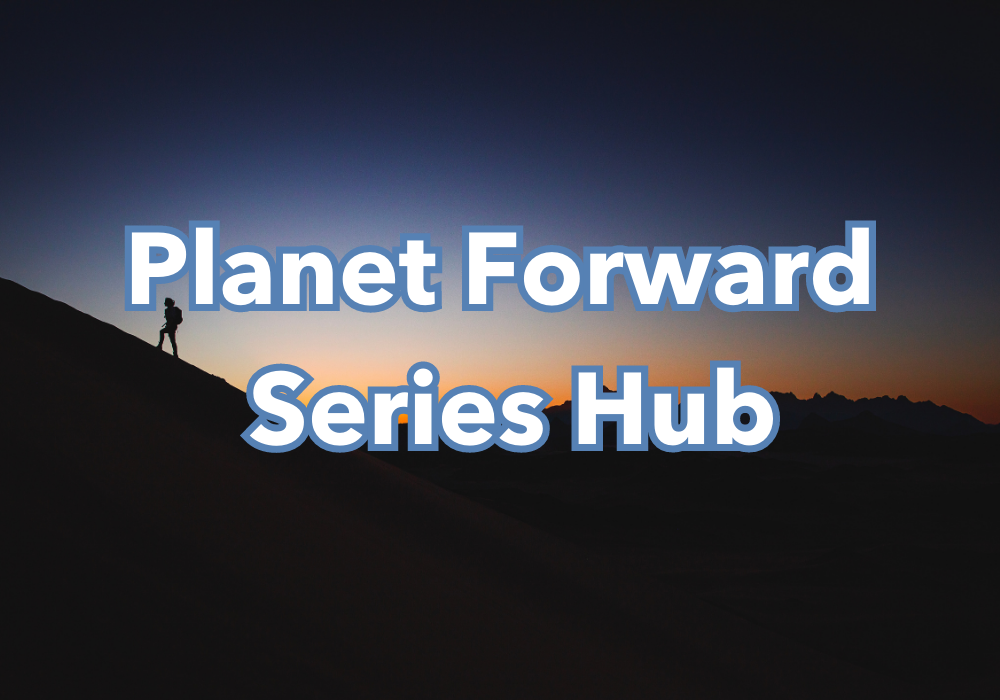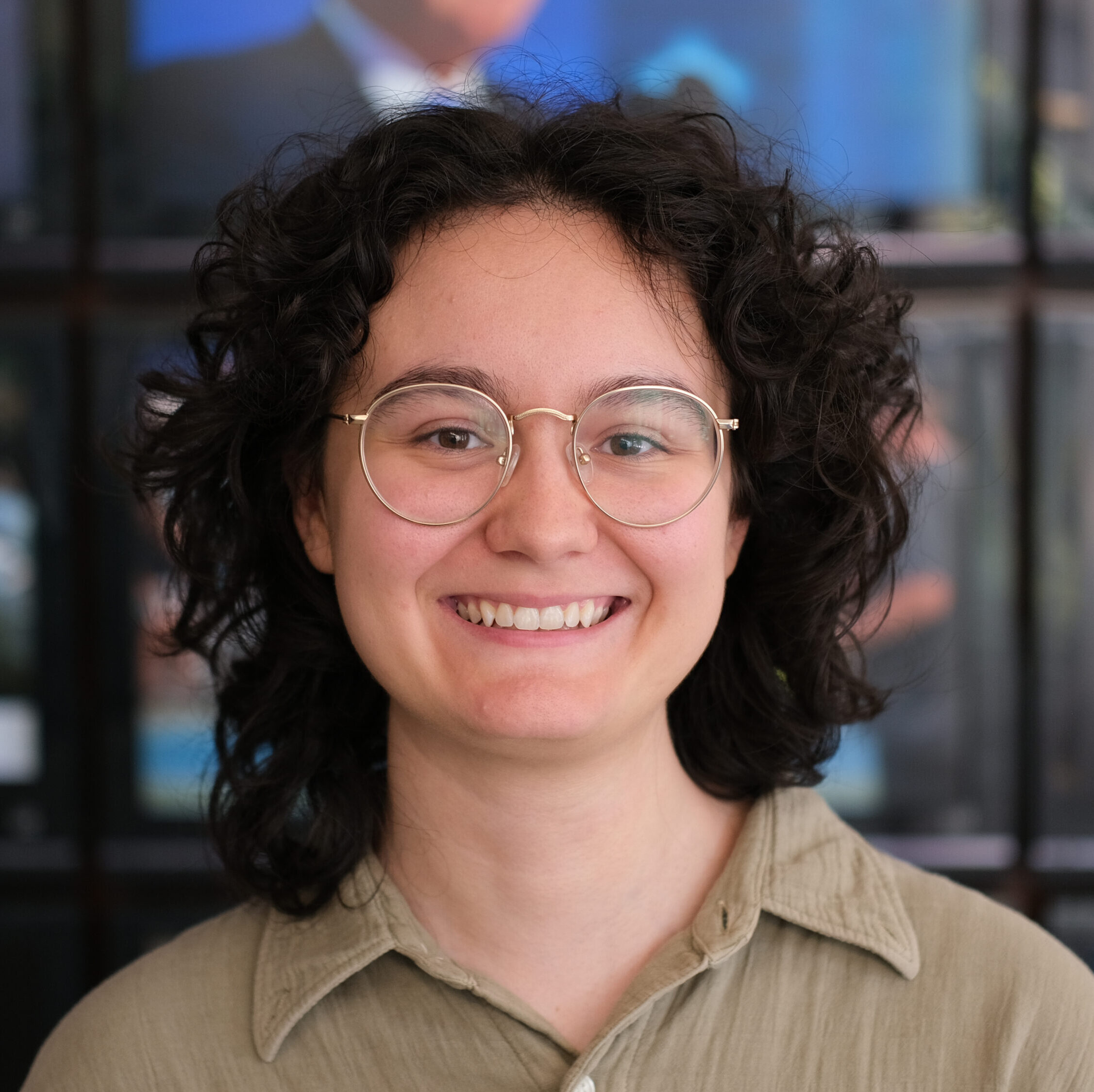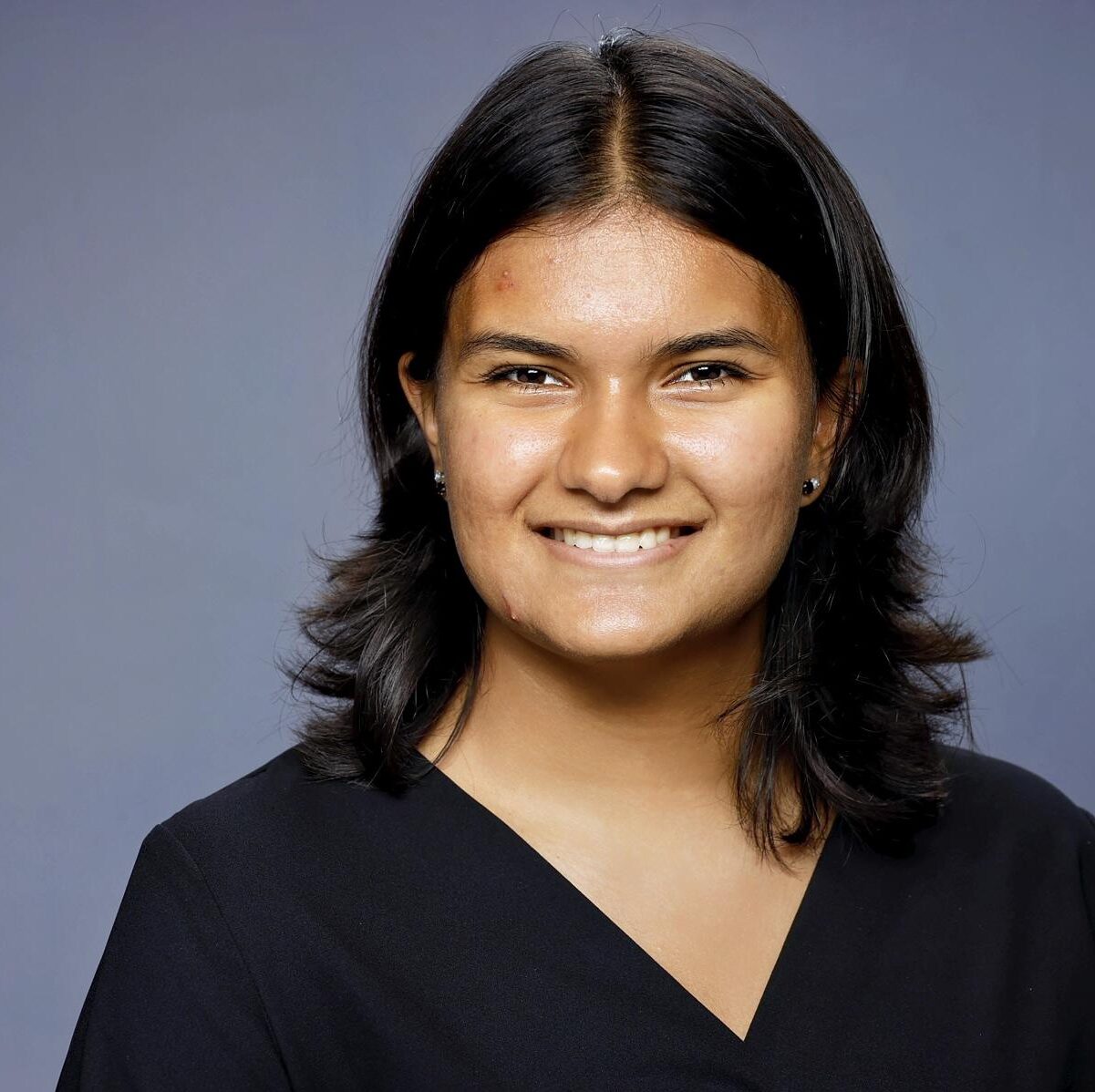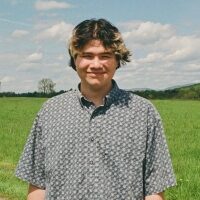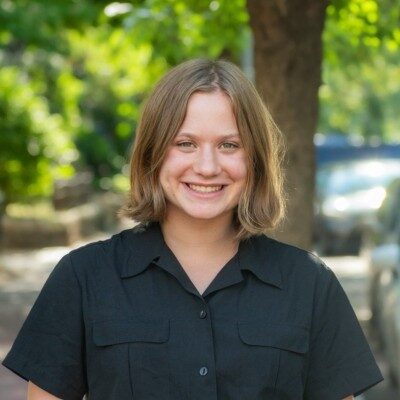Speckled just north of the vivacious Panamanian coastline is a chain of islands facing the threat of disappearing. The islands' daunting fate is not determined by the doing of their inhabitants, but rather by the world around them.
Guna Yala locals grasp at faith, culture, while facing climate change
By Colin Boyle
Speckled just north of the vivacious Panamanian coastline is a chain of islands facing the threat of disappearing. These are the San Blas Islands in the Caribbean and their daunting fate is not determined by the doing of their inhabitants, rather by the world around them.
The Guna people came to the San Blas Islands to escape Spanish colonization and have remained on these islands, though many live in mainland Panama and in Colombia as well. With their lifestyle inspired by two deities –– Bab Dummat (Big Father) and Nan Dummat (Big Mother) –– the Guna have their faith rooted in nature around them.
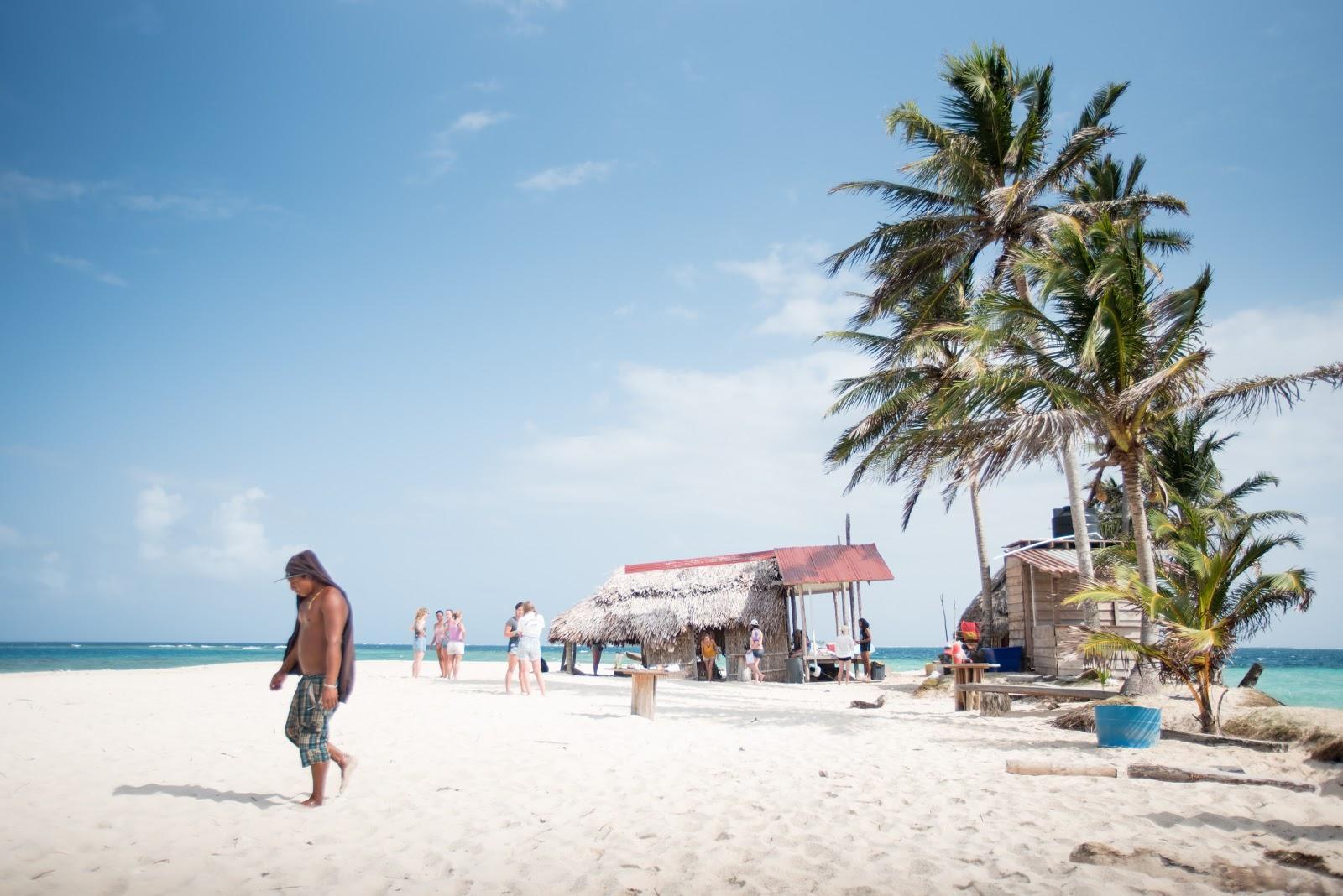
The Guna faith honors symbols from the world surrounding this ancient people, including hummingbirds, roots, and other powerful aspects of their environment. Religion plays an irreplaceable role in their culture, with its nuances spread throughout day to day life, from daily routines, to health and science, to celebrations of life events.
The San Blas Islands –– where roughly 30,000 Guna reside –– include about 365 islands stretching along northern Panama in the Caribbean Sea. But only some 50 are occupied. Many of the islands appear much like those pictured in these images, with sapphire blue water surrounding pale, white beaches dappled with bending palm trees and traditional buildings.
Yet these beautiful islands are shrinking dramatically with sea level rise linked to climate change – a shift that sparks confusion among many locals. While the climate around them is changing rapidly, however, their contributions to pollution are minuscule in comparison to their continental neighbors.
The big picture is this: the sea is rising, causing these islands to slip away into the Caribbean blue.

Alberdo Nuñez Davies has lived in Guna Yala for 15 years, helping his family’s tourism business on Pelican Island, a small San Blas island roughly five miles north of the coast of Panama. His mother makes traditional molas incorporated in Guna clothing and handcrafted beaded jewelry that she sells to tourists.
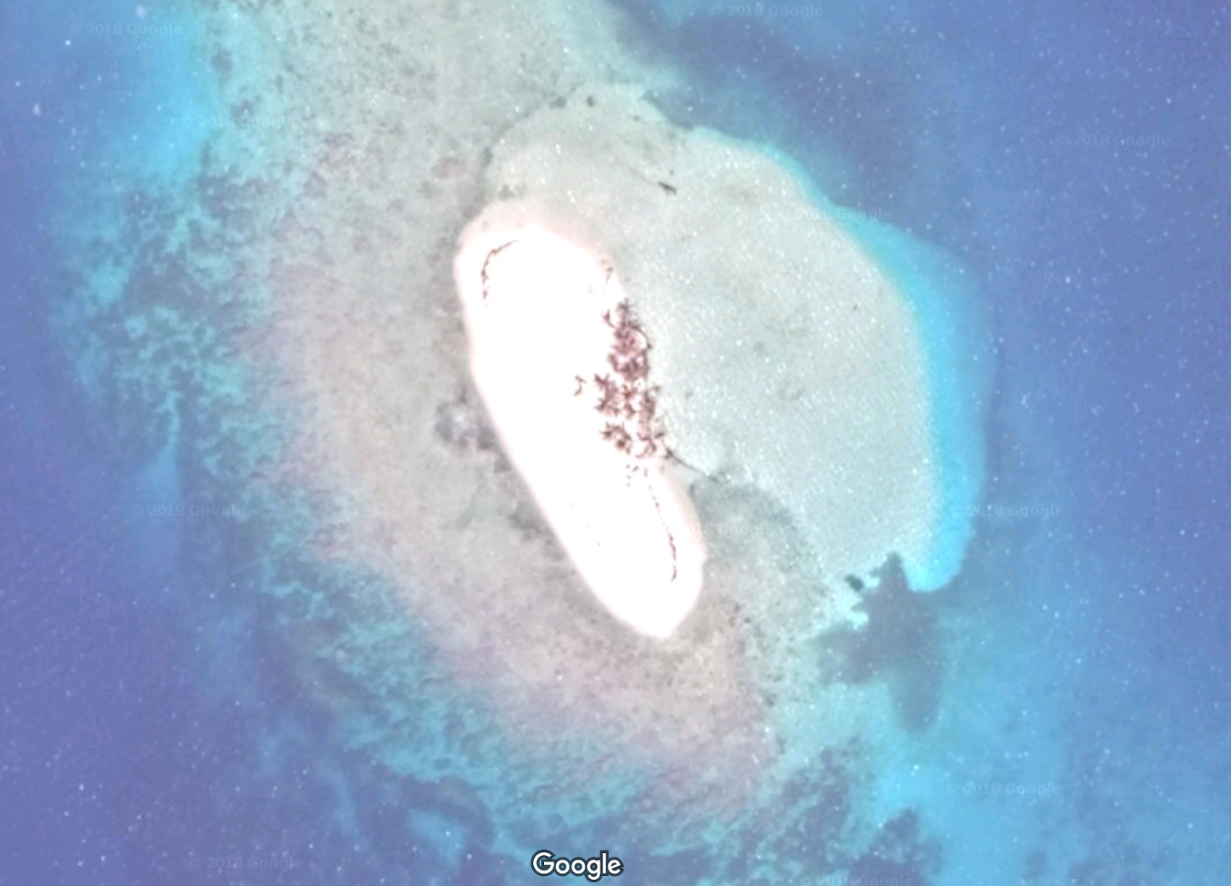
When asked about the impact of the island shrinking on their tourism business, Nuñez Davies said through his translator, “Do you see the rocks over there? (We) are trying to build a structure, a seawall and they have to build that so they don’t lose more sand and lose more tourism. And they are applying to fill it with coral reef which is also like really, really sad because they are destroying what gives them food.”
In his 15 years, Nuñez Davies says that the island has shrunk dramatically –– the building that clings to the edge of the island used to be in the middle of the sandy isle.
He has also seen an increase in storms and high winds, which have caused flooding and life-threatening winds of the island in the past. In response to “Does he think the storms will get less intense as the time goes on?” Nuñez Davies simply said “Ojala,” meaning “God willing.”
This deep reliance on the Guna faith can be tied to its presence in the everyday life. On the city island of Guna Yala, locals respond to the sound of a helmet shell being blown for three different reasons: to wake up and call the workers to the mainland, to alert islanders that the fishermen are returning with the day’s catch, and to ward off earthquakes, storms, and high water.
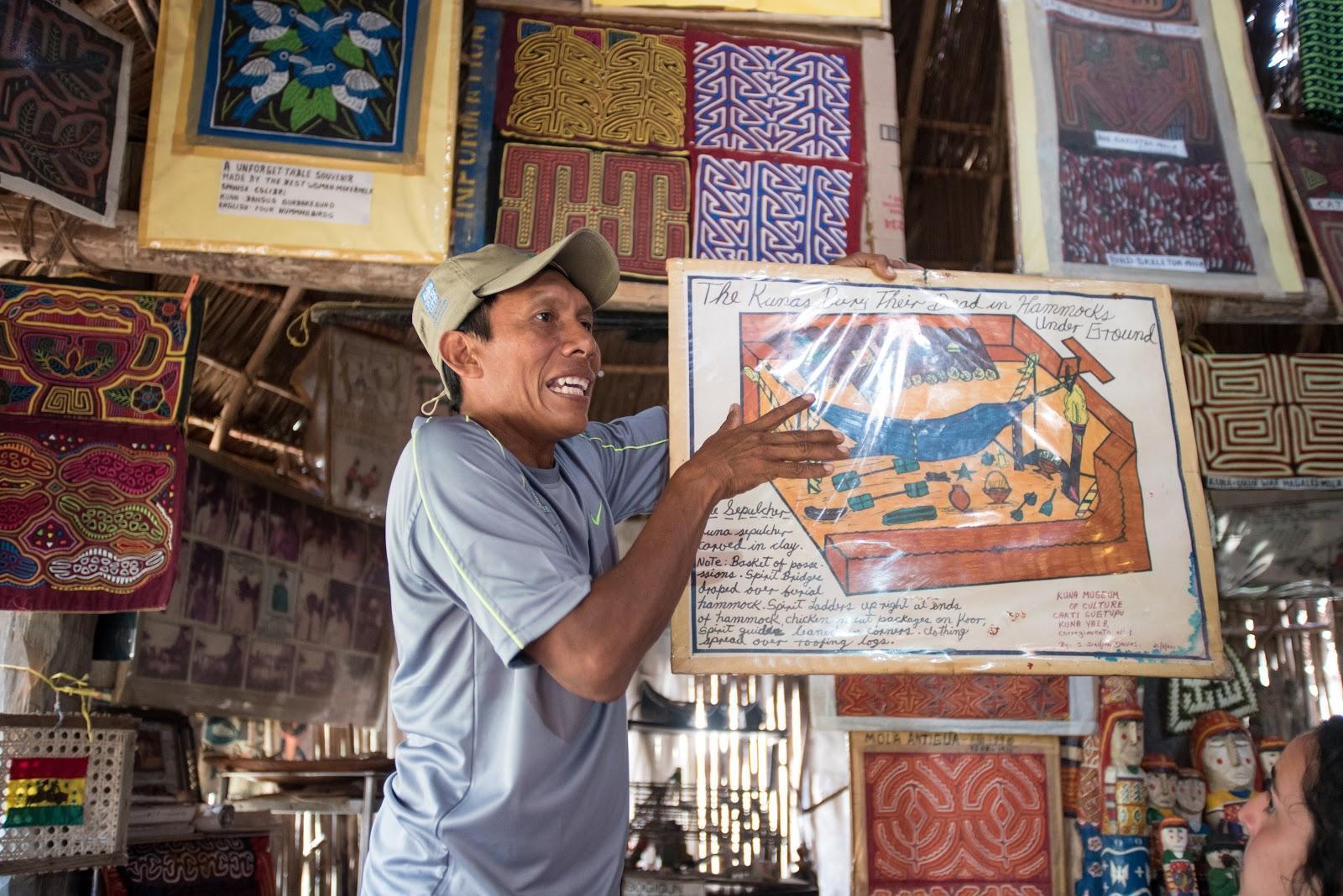
While blowing the shell at a rapid pace, Guna medicine man Delfino Davies states that it means, “All my spirits –– I am working,” in a way to thwart the aforementioned disasters.
“Two hundred years ago we are here, in the small islands, but no big earthquake, no storm, because right now when the Guna wake up, we blow that (the shell),” Davies said.
While Guna tradition is alive and well for many communities, the islands are slipping out of view, causing residents to fear that their culture will have the same fate.
“These people are going to move because of climate change,” Guna hostel owner and climate change activist Diwigdi Valiente said. “And it’s not their fault.” Valiente recently hosted an event honoring his Guna culture through art. At this event, Diwigdi said he recognized the gravity of the indigenous people’s situation.
“If you ask me that question, I think it’s a great opportunity for everyone to embrace a culture that’s about to get lost,” Diwigdi said.
Diwigdi went on to talk about his exhibition of Guna artwork by Guna children that “tell the stories of our insular countrymen, (being one of) the first displaced by global warming, with the desire to draw the attention of authorities, international organizations and the public in general,” according to a translation of the Facebook event.
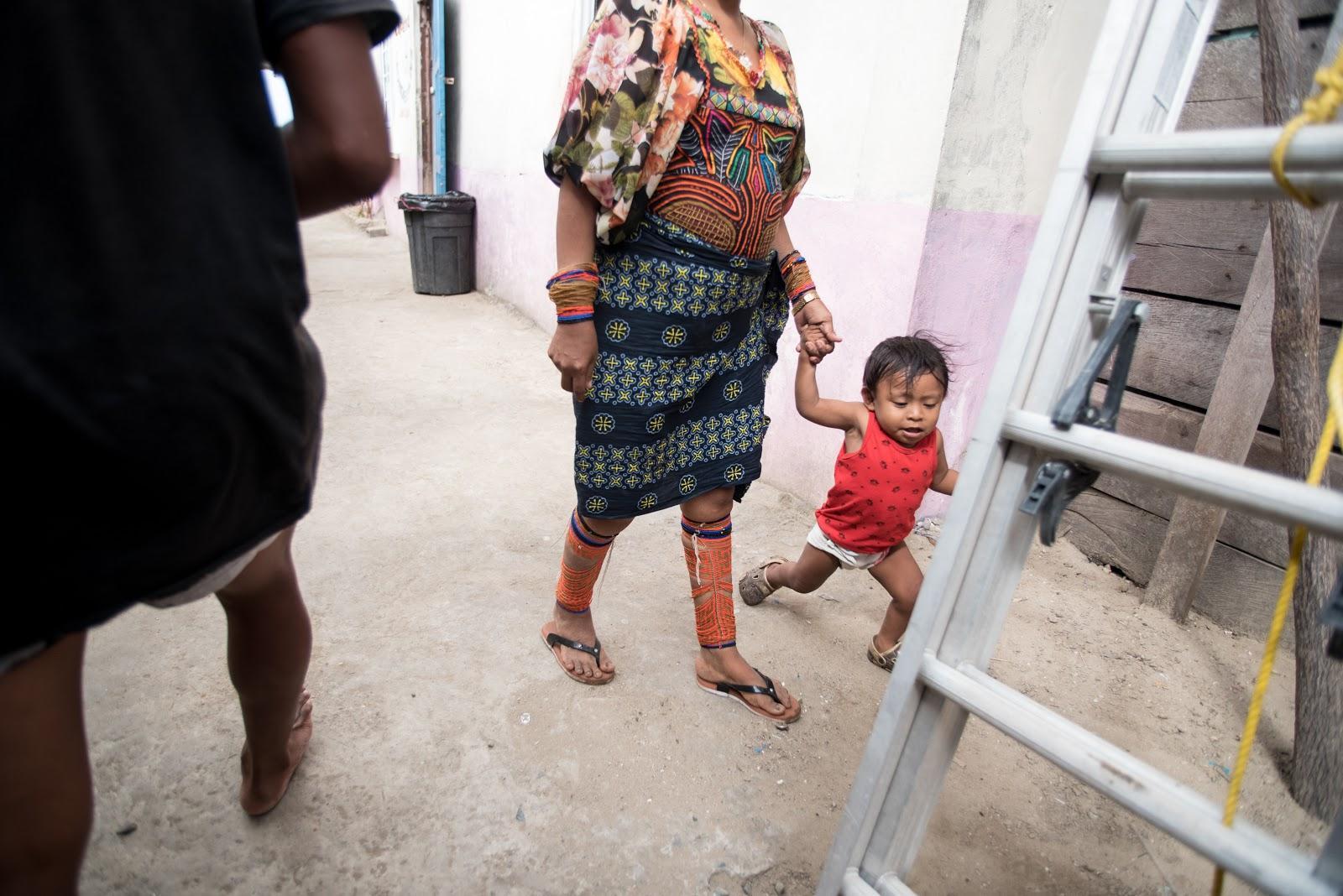
“All these treaties and philosophical knowledge that has lead us to where we are now – it’s being lost,” Aresio Valiente López, president of the Institute of Investigation and Development of Guna Yala and lawyer of the General Guna Congress, said through his son’s translating. López attributes this loss to the passing, mostly of old age, of the practicing Guna people. He feels that it is up to parents to teach kids to love the land.
This admiration for the environment is visible through the religious reverence toward animals and natural forces.
While the Guna environment is facing dramatic changes through pollution and rising sea levels, the indigenous culture is also tainted by globalization –– a contributor to climate change through its widespread promotion of detrimental decisions, such as the use of fossil fuels and improperly handling waste materials.
López has an optimistic outlook regarding the fate of the Guna people. “We are not escaping from the reality of globalization, and we are still keeping part of our culture alive,” he said.
Western aspects have seeped into Guna reality, much like how climate change’s impacts have.
Only time will tell what the Guna people will do in the face of dramatic climate shifts, with fear that this will spark evacuation from the islands, leaving behind centuries of success, stories, and culture while heading to a rapidly Westernizing mainland.
“It will take (my generation) to actually solve the problems that my dad and his (generation) had,” Diwigdi said. “Because his generation was the one that built a bridge between the Kuna culture and the Panamanian culture, and more integrating the Panamanian culture. Now that I talk to you, I realize that maybe now that my dad and his generation (has built) that bridge, it’s time for my culture to bring back and try to get back as much as we can from our communities.”
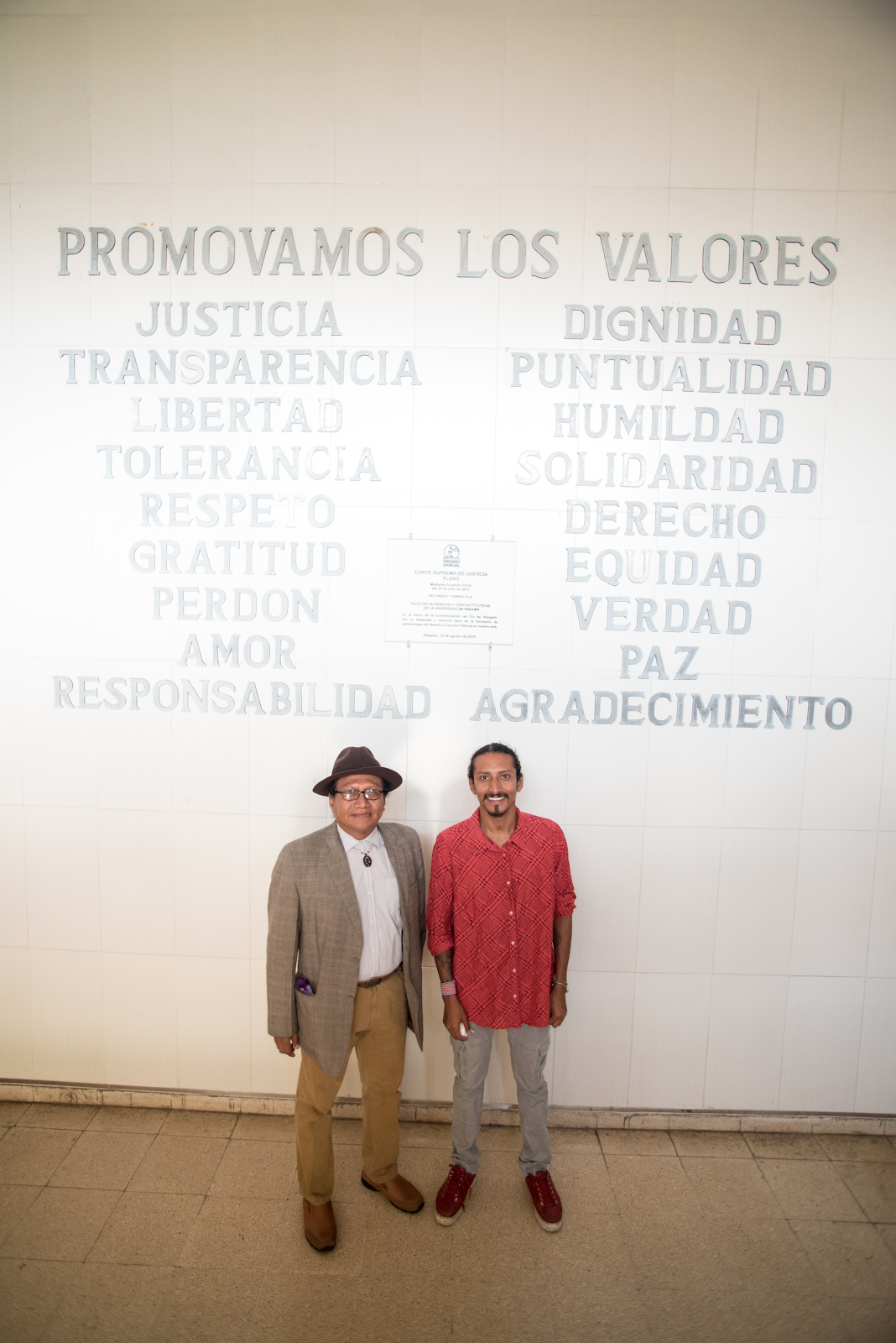
———
About the author: Medill student Colin Boyle can be reached at ColinBPhoto@u.northwestern.edu and on Twitter: @ColinBPhoto.



